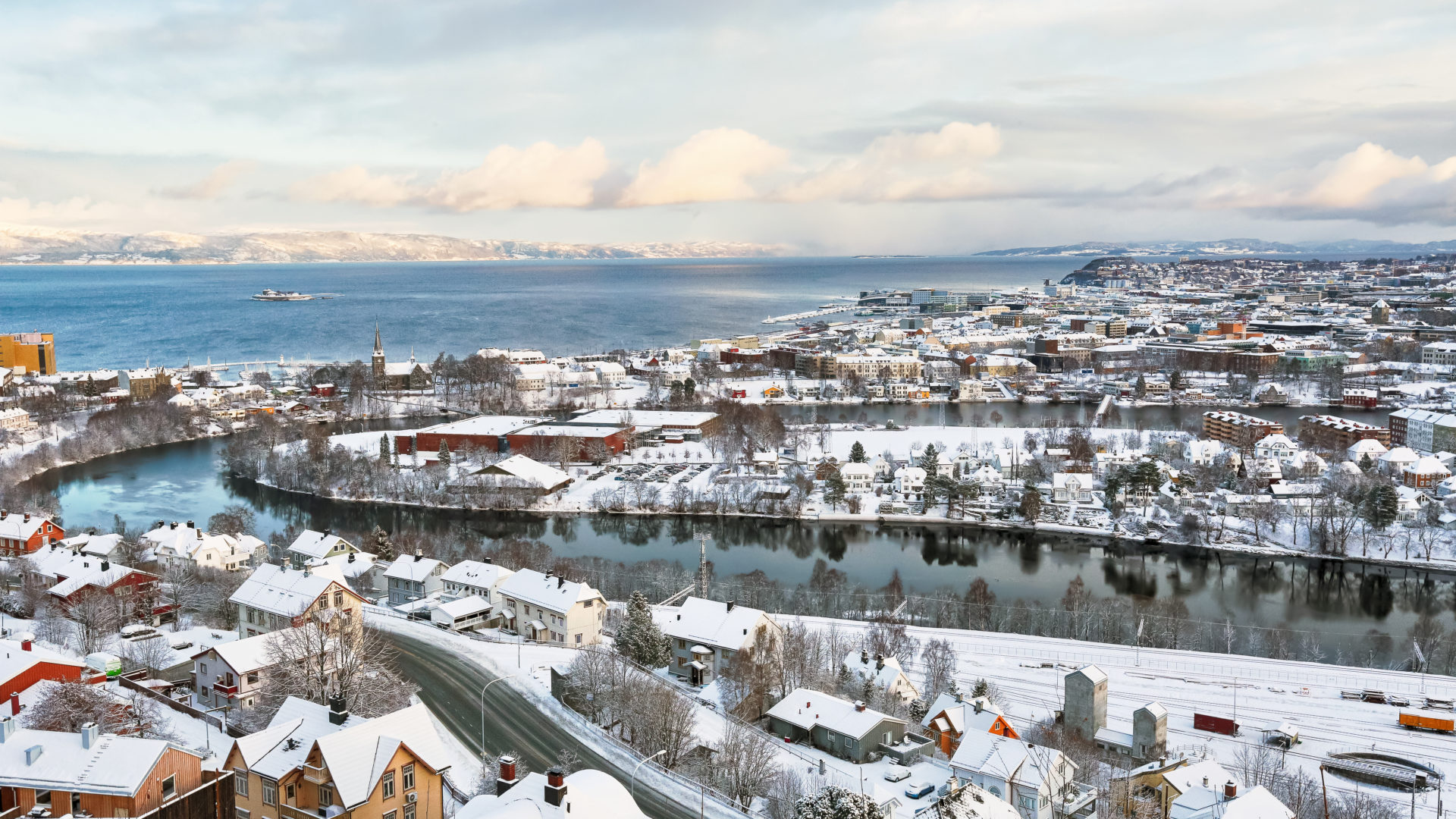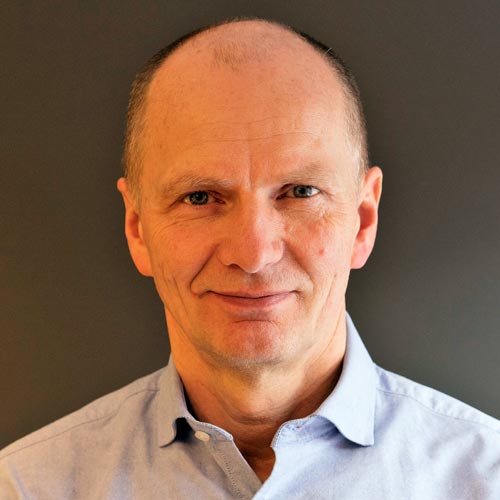Fostering international collaboration in offshore wind energy is not only crucial to reach the ambitious goals, but also makes economic sense.
Guest bloggers: Mattias Andersson (DTU), Stephan Barth (ForWind), Kirstine Dahlgaard (DTU), Peter Eecen (TNO), Xabier Munduate Echarri (CENER) and Flaminia Riccioni Capelli (EERA).
When it comes to the future of our planet, the wind energy industry and research communities in every European country share the same ambitious efforts. Every country has its own expertise, but no one country can do it all. The time has come to pool our resources and work together to achieve the scale we need to make a difference. And we need to do so quickly.
Addressing the grand scientific and technical challenges standing in the way of large-scale global offshore wind energy deployment is a critical step that the current EU Horizon 2020 project SETWind is working to support.
The importance and challenges of offshore wind
Offshore wind energy will be big, and play a central part of the solution to combat climate change. This view is shared by IEA, scientists, industry, and think-tanks around the world. As a bonus, it also presents great opportunities for business. Done right, offshore wind can be a cornerstone of the world’s power supply, create a diversity of jobs, and create wealth in many countries.

- Join the EERA DeepWind Conference in January 2020
- Side event 16 January: SETWind workshop. This is a workshop to support the implantation of the European Strategic Energy Technology Plan (SET-Plan) for offshore wind energy and is open for all participants at EERA Deepwind
However, to develop and operate large-scale offshore wind farms generating reliable, low-cost and high-value green energy is one of the most important scientific and engineering challenges of the century. It involves designing, manufacturing, transporting, installing and operating the biggest rotating machines ever made on earth. Those high-tech machines must be capable of producing affordable electricity around the clock for 30 years–all of that in the toughest offshore conditions. The produced electricity must be transported tens or even hundreds of kilometres to shore via a subsea network and be fed into the grid, while the wind power plants must support or guarantee grid stability. Of course, all this must be done while respecting nature and co-use of the marine space.
The next level of offshore wind development
The offshore wind industry has already achieved great results, but it is still only at the beginning of this exiting journey. To achieve the goal of making offshore wind a cornerstone of Europe’s future sustainable energy supply, creating jobs and prosperity for us all, more research actions and innovations derived therefrom are needed.
This is well documented in the latest ETIPWind research and innovation roadmap (www.etipwind.eu), in a recent article in the prestigious Science journal presenting the grand scientific challenges in wind energy, and in the EERA JP wind R&I strategy.
The SETWind project team believes now is the right time that selected research challenges should be addressed in one or more large lighthouse initiatives. These shall have substantial budgets (tens of millions of Euros) and a long duration (at least five years) to enable forceful research and innovation actions to generate great impacts. They will bring together leading research and industry teams from a broad variety of relevant disciplines, who all share a joint goal and an ambitious roadmap on how to achieve it.
Why Lighthouse Initiatives will make the difference
Put simply, we get great value from a knowledge-based industry. That is when industry is supported by world-leading research to be innovative, make the right choices, and to design systems that consider the bigger picture.
Research in general pays off the initial investment many times over. This has been quantified e.g. for the research carried out in NOWITECH. The potential value of seven of the centre’s 40 innovations was evaluated by an independent consultancy company. The result—5 billion Euro—was more than 100 times the total budget for NOWITECH.
Imagine the possibilities if that same multiple is applied to a large-scale ambitious European research initiative.
Imagine the value we could create from our combined efforts in developing and deploying offshore wind farms.
SETWind has identified several candidate areas with the potential to make a meaningful impact as a Lighthouse initiative. Here we only highlight two areas:
Making floating wind cost competitive
The goal for floating wind is to be cost competitive by 2030, with new floating wind farms producing electricity at a cost in the 40-60 EUR/MWh range. Floating wind is an ideal topic for a lighthouse initiative. It is a new frontier in wind energy development that offers a huge potential to exploit the wind resources in areas with water depths excess of 50 m. In floating wind, the fixed substructure is replaced by a spar floater as shown here, a semi-sub platform or one of the other floater concepts currently under development.
A Lighthouse initiative on floating wind would address the relevant key scientific challenges and provide a basis for innovations. It would ensure a knowledge-based development of the industry; to make the right choices, to be innovative and to design the systems right. Scientific challenges to be addressed could include research to improve our understanding of atmospheric flow inside and around offshore wind farms, and the interaction with turbulence, aerodynamics, structural dynamics, electrodynamics and hydrodynamics of future large offshore wind turbines. This is vital to be able to design better floating wind farms, with tools that are more accurate and can apply less conservative safety factors, and it is vital for developing better ways to control and operate large wind farms. One could possibly also venture into other developments and innovations. How about solving the challenge of floating to floating repairs, or new multirotor designs, or subsea substation solutions? There is no lack of subjects for research or innovation within the field. If offshore wind is to become the cornerstone of the future sustainable energy supply and create jobs and prosperity for us all, then considering all options to succeed with floating wind is crucial.
Securing the stability of the future power grid
In the future, Europe’s power grid will be totally transformed into a renewable-based system with zero CO2 emissions. Ensuring the reliability of such a power system, largely fed by offshore wind is another tremendous challenge. Therefore, it is another potential Lighthouse initiative.
The hurdles are manifold. How do we bring power to shore? How do we operate offshore wind farms and subsea transmission so that the power contributes to the stable and efficient operation of the grid?
To address these challenges, research is needed into transmission system technologies, including subsea technologies, and into systems science for the integration of wind power plants into the future electricity grid. This must consider both the design and operation of the wind power plants to support grid stability.
Alternatives and complements must also be explored. Using offshore wind to produce hydrogen, or to create charging hubs for electric-powered vessels are only two examples.
The opportunity is great, the time is now
Research-based knowledge is a huge advantage in the development of offshore wind. A strong, joined-up European research effort on offshore wind together with innovation and deployment from industry will both create jobs and be an important contribution to battling climate change.
We’ve seen in the past that strong investments in offshore wind education, research and innovation can be paid back many times over–with results that benefit us all.
Thus, let us prioritize education, research and innovation in offshore wind. There is an ocean of opportunities out there.
This article is an adaptation of a speech given by John Olav Giæver Tande at Wind Europe Offshore on 27 November, 2019.









Comments
Insightful article! Offshore wind indeed holds massive potential for clean energy. Loved the focus on innovation and the environmental benefits.